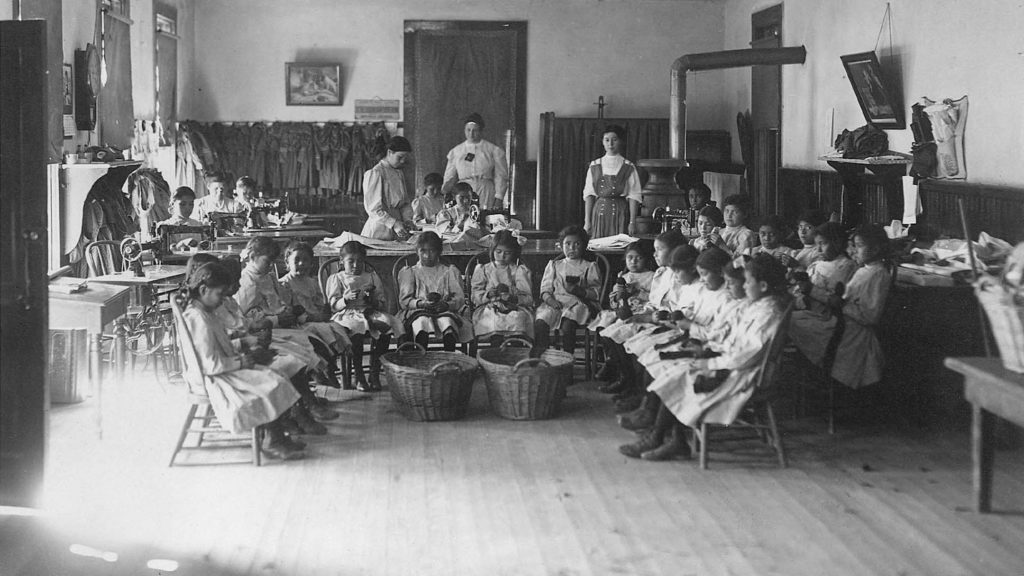
Samuel Torres:
Well, I think it's important to state initially that, while there's much more known about what happened at those federal Indian boarding schools than the privately controlled ones, I think it's — this is where those archival records are really profoundly important to be accessed, to be able to understand what the depth of those details looks like.
What we do know, though, is that the treatment and methods for operating Indian boarding schools largely utilized a lot of the same strategies toward a central goal of assimilating Native children by what we have heard so often in our own work, individuals being deprived of the influences and connections of their families, their communities, of their tribal nations often being punished for speaking their own language, practicing their traditions and at times even experiencing severe punishment, sexual abuse, spiritual abuse and even death.
So, we really just are continuing to still asking the same kinds of questions on what has happened at these institutions. We are told and hear the stories of our relatives, our friends, those that we're connected with at the Healing Coalition about how they were treated in these institutions, whether they be in federally operated institutions or in privately controlled ones.
And, quite honestly, the time is now for us to be able to look into what that treatment was like from those records' source, because we have those stories. And it's not that these stories haven't been told. It's that they haven't been listened to.
And if they can be coupled by the access of these documents, we can start looking at, in a more comprehensive effort, a fuller scope of what happened at these Indian boarding schools, whether they be federally controlled or privately run.
ncG1vNJzZmivp6x7sa7SZ6arn1%2Bjsri%2Fx6isq2ejnby4e9Geqp6Zopi1bsHNnKavnaKoerO7y55kqJ5dmLW2vsKhnKxlkaOxbr7EpaCgoZ%2BqwG6z0aisqatdnrtutc2doKCdnqTCtHnBqJirnJmjtG6%2FwqGmqKSj